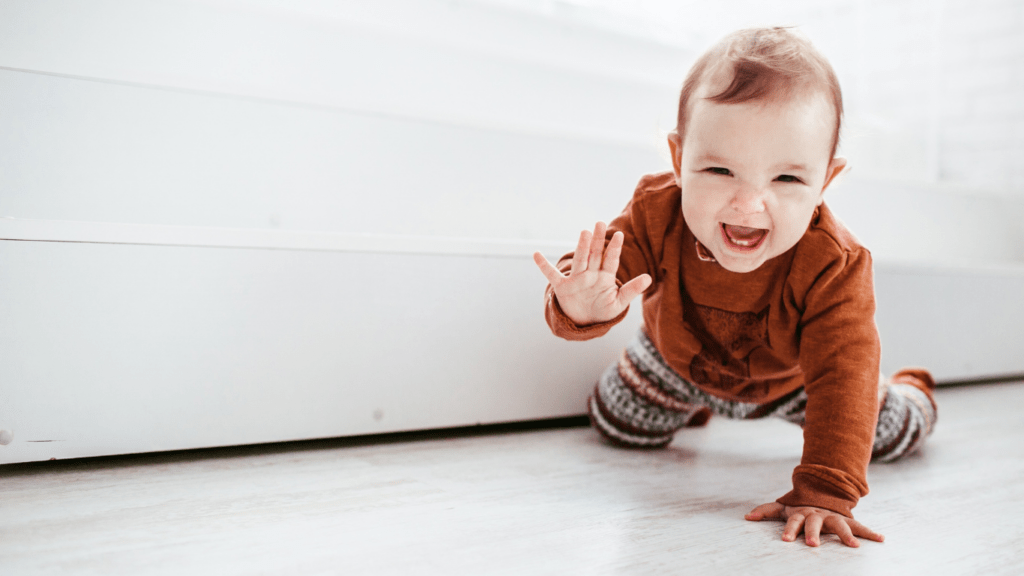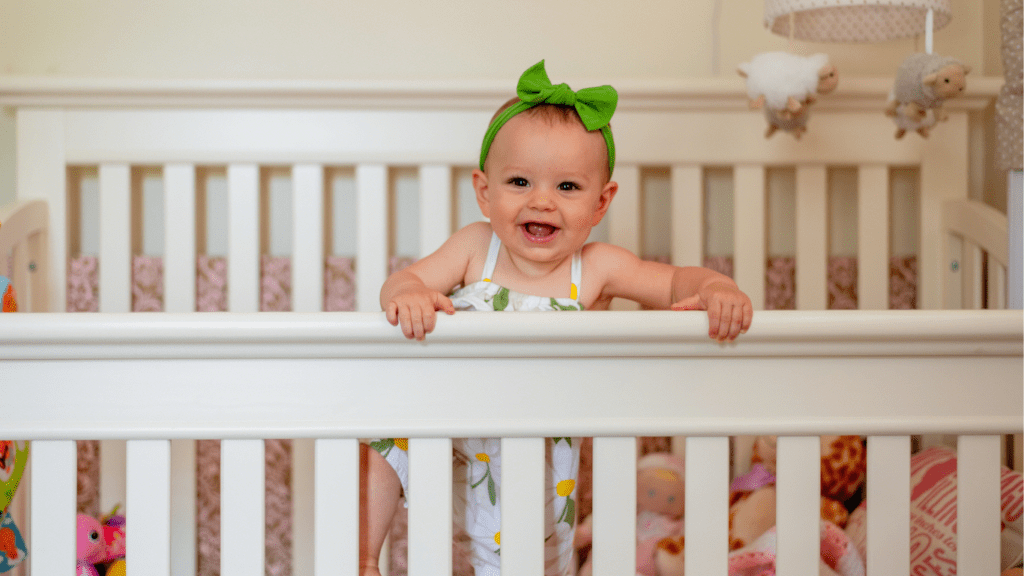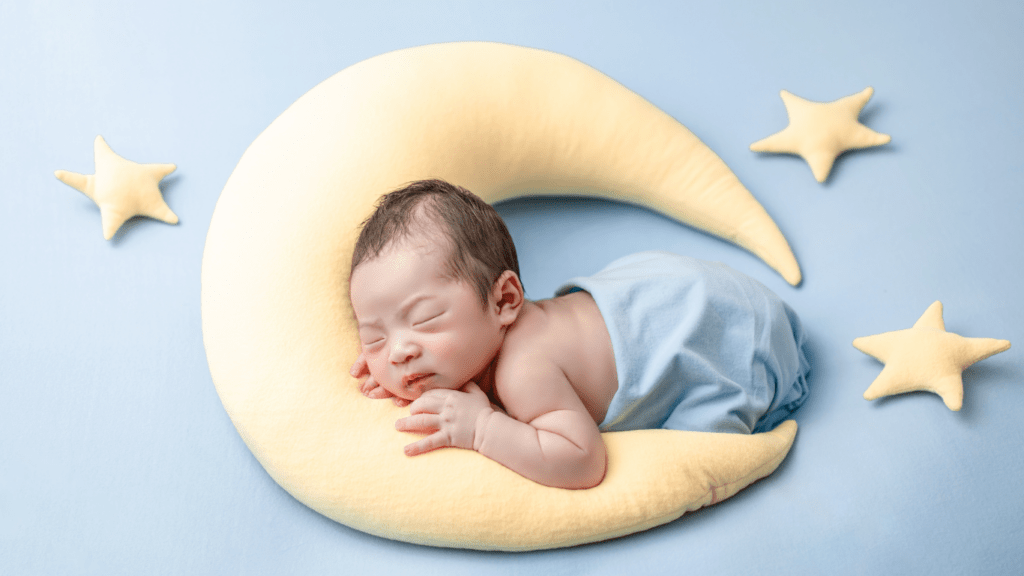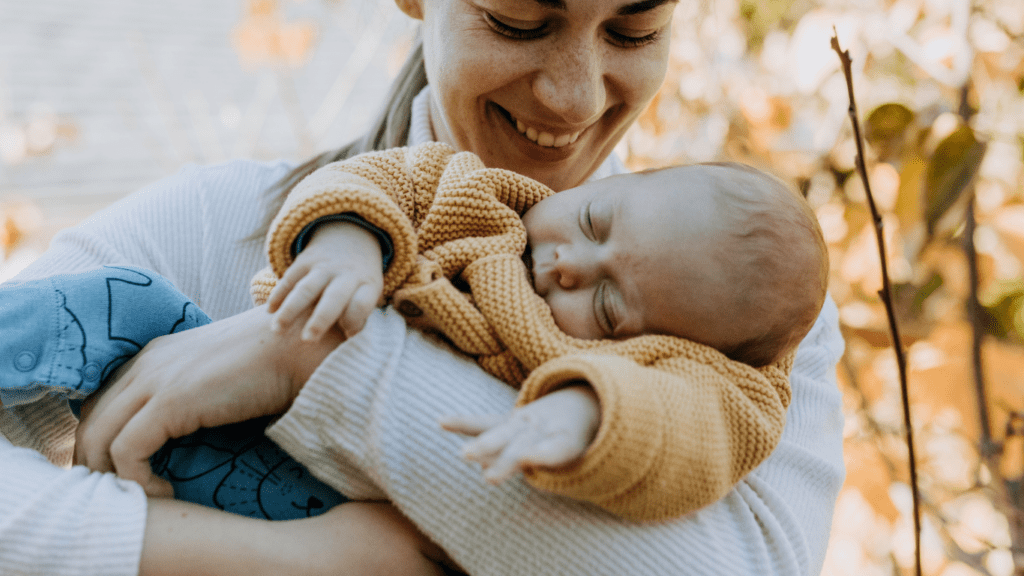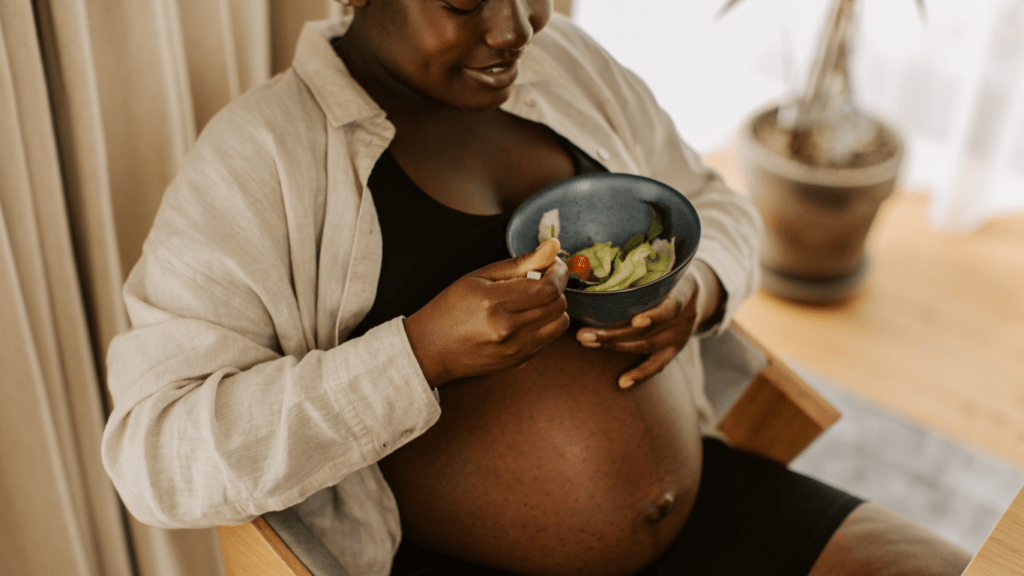Importance of Babyproofing
Babyproofing keeps infants safe from common household hazards. Newborns and toddlers explore their surroundings through touch, taste, and movement. This curiosity increases the risk of accidents. Babyproofing minimizes these risks, allowing children to safely explore their environment while giving parents peace of mind.
Unsecured furniture like bookshelves and TVs can tip over, posing serious danger. Installing anchors or brackets prevents these accidents. Electrical outlets are another hazard. Covering them with safety plugs reduces the risk of electrocution.
Choking hazards are prevalent in households with small objects like coins, buttons, and toys. Keeping these items out of reach or using baby gates in specific rooms helps prevent choking incidents. In kitchens and bathrooms, toxic substances like cleaning products should be stored in locked cabinets to avoid poisoning.
Babyproofing isn’t just about physical safety. It also ensures a child-friendly environment that fosters growth and development. By creating a secure space, parents can focus more on nurturing and less on constant supervision.
Creating a Safe Nursery

Ensuring the nursery is safe is a crucial part of babyproofing. I’ll cover key aspects to consider.
Crib Safety
Choosing a crib that meets safety standards is essential. The crib slats must be no more than 2 3/8 inches apart to prevent a baby’s head from getting stuck. Use a firm mattress that fits snugly in the crib to minimize any gaps. Always place your baby on their back to sleep, reducing the risk of Sudden Infant Death Syndrome (SIDS).
Avoid placing pillows, thick blankets, or stuffed animals in the crib, as these can pose suffocation risks. Hang crib mobiles securely and out of reach to prevent any parts from becoming loose. Regularly check the crib for any loose screws or parts and tighten them as needed.
Furniture Anchoring
Furniture anchoring is vital to prevent accidents. Secure dressers, bookshelves, and other heavy furniture to the wall using anti-tip brackets. This prevents them from tipping over if your child tries to climb on them. Keep the crib away from windows, curtains, and blinds cords to avoid strangulation hazards.
Ensure that nursery furniture has rounded edges or use corner guards to prevent injuries from sharp edges. Store heavy items in lower drawers and always close them softly to avoid pinched fingers. Make sure that the changing table has a safety strap and never leave your baby unattended on it.
Placing outlet covers on all unused outlets in the nursery keeps tiny fingers safe. Install window guards or stops to prevent windows from opening more than a few inches, reducing the risk of falls.
Regularly inspect furniture for wear and tear, replacing or repairing damaged items promptly to maintain a safe environment for your baby.
Kitchen Safety Measures
Babyproofing the kitchen is crucial for a safe home environment since it contains numerous hazards. Here, I’ll focus on securing cabinets and ensuring appliance safety.
Securing Cabinets
Cabinets often store items like:
- cleaning supplies
- sharp utensils
- glassware
which pose risks to curious children. I use childproof locks to secure all lower cabinets and drawers. These locks ensure that a baby can’t open them and access dangerous items inside. Magnetic locks and adhesive strap locks are effective options. Additionally, I relocate toxic or sharp items to higher cabinets, further reducing the risk of accidents.
Appliance Safety
- Kitchen appliances like stoves, microwaves, and refrigerators are another source of potential hazards. I install stove knob covers to prevent turning on burners accidentally.
- Another essential step is placing the microwave and other small appliances out of reach. For example, I keep the microwave on a high shelf or secure it with a latch if it’s within reach.
- Use stove guards to block access to burners and stovetops. Installing anti-tip brackets on large appliances, such as the stove and fridge, is necessary to prevent them from tipping over if a child climbs on them.
- Lastly, I regularly check appliance cords to ensure they are not frayed or easily accessible to little hands.
Bathroom Safety Tips
Bathrooms pose unique risks for babies due to water and slippery surfaces. Ensuring bathroom safety involves specific measures to address these hazards.
Preventing Drowning
Never leave your baby unattended in the bath. Even a small amount of water can pose a drowning risk. Always stay within arm’s reach during bath time and empty the bathtub immediately after use. Use a non-slip bath mat both inside and outside the tub to prevent slips. Consider installing a toilet lock to keep curious hands from lifting the lid and accessing the water.
Avoiding Slips and Falls
Bathrooms have numerous hard surfaces that can cause injury. Place non-slip mats on the floor to reduce the risk of slipping. Ensure bath rugs have non-skid backings or use double-sided tape to secure them. Install grab bars near the tub and toilet if additional support is needed. Keep the bathroom floor dry to prevent accidental falls, immediately wiping up any water spills.
General Safety Around the Home
General safety around the home is crucial for protecting your baby from potential hazards. Below are key areas where attention is needed to babyproof effectively.
Outlet Covers and Electrical Safety
Electrical outlets can be dangerous for curious babies. I recommend using outlet covers to prevent accidental shocks. Look for sliding outlet covers, which stay in place and are generally more secure. Additionally, keep electrical cords out of reach and organize them using cord wraps. For added safety, consider placing large furniture in front of outlets to make them less accessible.
Stair Gates and Door Locks
Stairs pose a considerable risk for babies learning to crawl. Install sturdy stair gates at the top and bottom of all staircases. Pressure-mounted gates fit easily but aren’t secure for the top of stairs; opt for hardware-mounted gates for more stability. For doors, childproof locks prevent unsupervised access to potentially hazardous rooms. Use doorknob covers or lever locks to restrict entry, especially to bathrooms, storage areas, and the kitchen.
Outdoor Safety Precautions
Outdoor areas shouldn’t be overlooked when babyproofing your home. The yard and pool pose several potential dangers for curious infants and toddlers.
Pool Safety
Ensuring pool safety is critical to prevent accidents. Install a four-sided fence with a self-closing gate that surrounds the pool, which must be at least 4 feet high, as recommended by the U.S. Consumer Product Safety Commission (CPSC). Always keep the gate locked and never leave it open. Supervise children when they are near water, even if they know how to swim.
Using pool covers adds another layer of security, but ensure they are rigid enough to support weight and prevent accidental slips into the water. Store pool toys and floats away when not in use to eliminate attraction and reduce curiosity. Consider enrolling your child in swimming classes when they are old enough to help them understand water safety basics.
Yard Hazards
Identifying yard hazards helps create a safe play area. Keep tools, chemicals, and lawn equipment in locked sheds or out of children’s reach. Check regularly for sharp objects, such as garden shears or fallen branches. Secure or remove poisonous plants like oleander or foxglove, and ensure the play area is free of animal waste.
Install gates at stair entries if you have an elevated deck, and make sure the railings are less than 4 inches apart to prevent children from slipping through. Place non-toxic mulch or soft ground coverings like rubber tiles under play structures to cushion falls. Regularly inspect and maintain playground equipment to ensure safety and stability.
